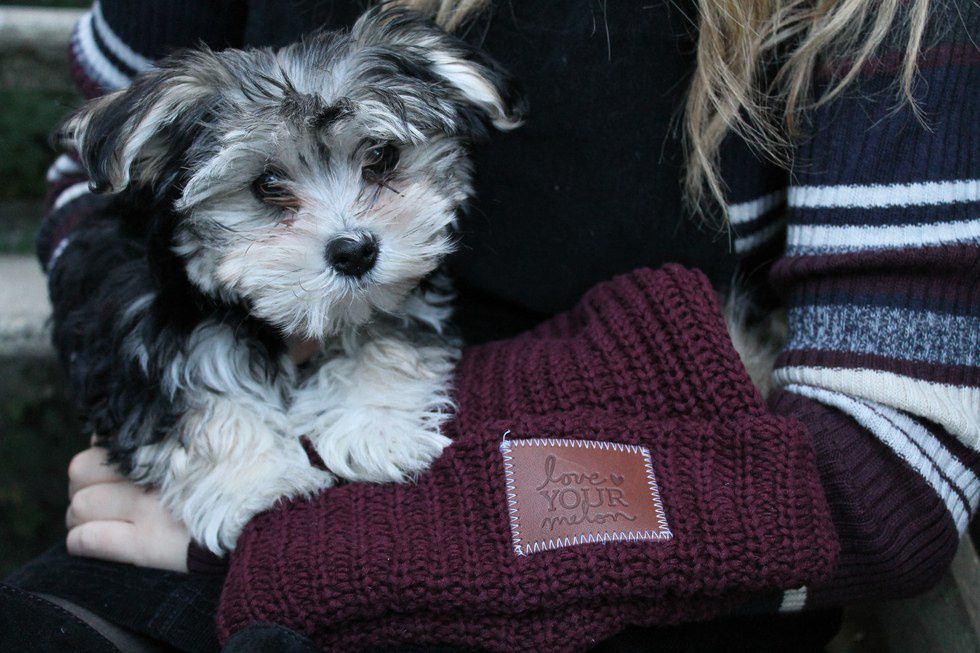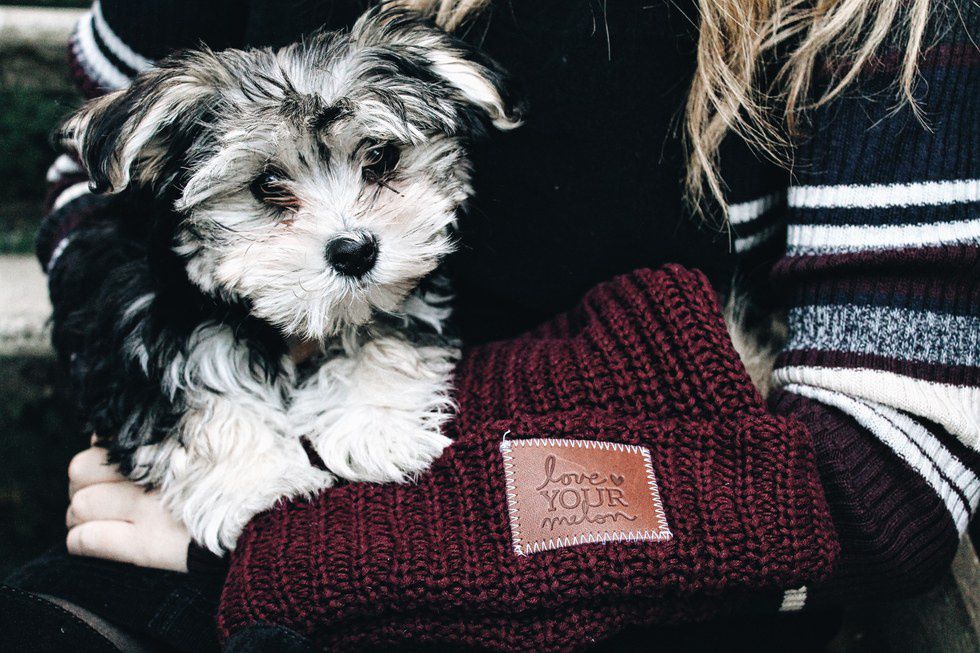Anybody can take great photos nowadays, so the creativity of photography has become the editing. Everybody edits differently due to personal taste or professional purposes. The popular edit in the PNW is the romantic rich tones with a golden light. Golden hour all day every day. From day one of picking up a camera, I knew how important it was to edit my photos. Editing styles on photos can be thought of as signatures on the photos. Each photographer edits in their own way according to their own style and standards. My editing process usually includes toggling with the light, a dash of contrast, playing around with the temperature and a whole lot of saturation. I like my photos to be vibrant and cheerful like my outlook on life, but also appreciate the beauty of photos with muted tones. I am still experimenting with how I want to edit my photos in general, but for the most part, this is my usual process.
I begin with the original shot. Most of the time, I do not crop my photos unless absolutely necessary because it messes with the quality of the image -- I've learned the hard way. I try to line up my shots as best as I can so that I don't have to worry about the framing go the image later. This is also why I love continuous shooting, it gives me all my options and can surprise me with unintended shots!
Filters can be amazing or a crutch. They can either smooth out the tones in the photo or make photographers lazy because they're such an easy option. Personally, I am on the fence about filters. I will use filters occasionally to even out colors in a photo, but have learned that jacking the filter all the way up leaves your photos looking over-edited and unbalanced. While this photo does not look particularly unpleasing, I still keep my distance from overusing filters because it tends to wipe out details (take note of the area around the puppies' nose in comparison to the previous photo). One thing that I have learned about my editing style is that I want it to be subtle, but I am still working on that.
I try to play around with temperature because it effects the photo a lot more than you think it would. The "colder" a photo is the most "blue" it will look, the "warmer" you turn the temperature the more likely you will achieve a golden hour look. Each photo is different and there is no one rule to achieving your desired look. Don't feel pressured to know how to tweak this aspect all at once, it definitely took me a while to learn.
In general, the final touches of editing the photo is increasing the saturation to bring out the colors in the photo, increasing the contrast a tiny bit in order to bring out the features of the subjects, and then playing around with the light depending on how bright or dark the photo was initially.
Each photo is a unique and cannot be treated the same as the next. However, it is helpful to play around with photos and learn the general rules of each category.





















